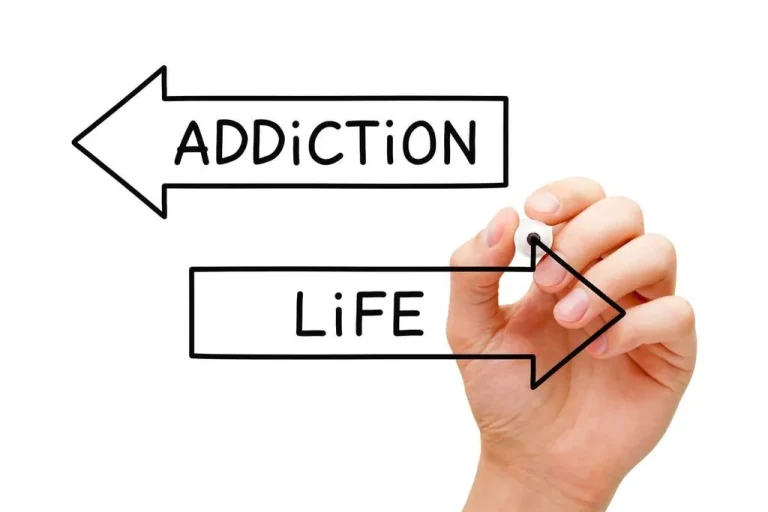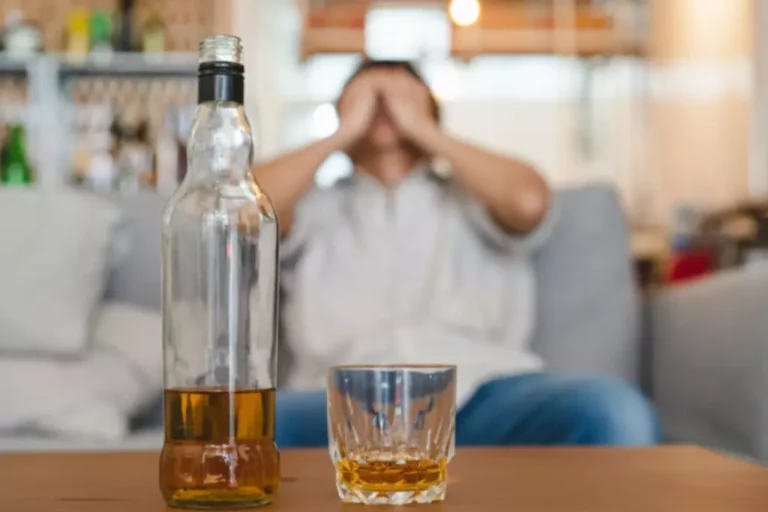
The vagus nerve is a component of the parasympathetic nervous system and is largely responsible for regulation of the heart rate at rest. Rossinen 1997 and Van De Borne 1997 reported withdrawal of vagal tone and reduced heart rate variability within an hour after alcohol consumption; this explains the increased heart rate. Buckman 2015, Van De Borne 1997, and Fazio 2001 also reported reduced baroreflex sensitivity following alcohol consumption.
Koskinen 1991 published data only
- On average, drinkers consume 32.8 grams of pure alcohol per day, and beer (34.3%) is the most consumed alcoholic beverage (WHO 2018).
- Therefore, we were unable to perform a subgroup analysis based on the sex of participants.
- The magnitude of the effects of alcohol on blood pressure and heart rate varies, based possibly on genetic factors and on the amount of alcohol consumed.
- It is worth noting that both barbiturates and benzodiazepines can impair memory, as can alcohol.
Similarly, in years 25 and 30, diet was assessed in what is likely a less robust manner than through the complete diet history, as in year 20. While this method has been used similarly in the past when full diet histories were unavailable,23 it may not as comprehensively capture diet quality. Future studies may consider using more robust measures of these behaviors as well as additional behaviors linked to alcohol and blood pressure, such as sleep, on which we lacked data. Finally, IORW, while more appropriate for this analysis than traditional mediation methods, produces more variable estimates and thus may not be able to identify small effects. While traditional methods still failed to identify indirect effects, it remains possible that indirect effects exist that we were underpowered to detect.
Roth 2018 published data only
- But men who drank red wine with alcohol, or 3 ounces of gin, had no change in their blood pressure.
- In turn, enhanced CYP2E1 activity increases the formation of the toxic acetaminophen product.
- Chen 1986 did not report consumption duration nor timing of measurement of BP and HR.
- Mean difference (MD) from placebo with 95% confidence interval (CI) was the outcome measure, and a fixed‐effect model was used to combine effect sizes across studies.
- Among the 32 included studies, only four studies included hypertensive participants (Kawano 1992; Kawano 2000; Kojima 1993; Foppa 2002).
Alcohol use was assessed using both self-reported average ethanol intake (drinks/day) and engagement in heavy episodic drinking (HED) in the past 30 days. Systolic and diastolic blood pressure (SBP, DBP) were measured by trained technicians (mmHg). Smoking, physical inactivity, and diet were self-reported and categorized according to American Heart Association can alcohol lower blood pressure criteria, and medication adherence was assessed using self-reported typical adherence to antihypertensive medications. Second, lack of representation of the female population was notable in the included studies. Only four studies included almost equal numbers of male and female participants (Buckman 2015; Foppa 2002; Maufrais 2017; Zeichner 1985).

Vena 2018b published data only
Because acetaminophen is easily available OTC, however, labels on the packages warn people about the potentially dangerous alcohol-acetaminophen combination. Furthermore, people should be aware that combination cough, cold, and flu medications may contain aspirin, acetaminophen, or ibuprofen, all of which might contribute to serious health consequences when combined with alcohol. Most studies assessing alcohol-medication interactions focus on the effects of chronic heavy drinking. Relatively limited information is available, however, on medication interactions resulting from moderate alcohol consumption (i.e., one or two standard drinks1 per day). Researchers, physicians, and pharmacists must therefore infer potential medication interactions at moderate drinking levels based on observations made with heavy drinkers. In addition, moderate alcohol consumption may directly influence some of the disease states for which medications are taken (see sidebar, pp. 52–53, for further discussion of alcohol’s influences on various disease states).
Specific Alcohol-Medication Interactions

Rosito 1999 tested the effects of 15 g, 30 g, and 60 g of alcohol on 40 young medical students. The decrease in SBP was greater with 30 g of alcohol seven hours after consumption compared to placebo and 15 g and 60 g alcohol‐consuming groups. First, there was the possibility of undesired bias and imprecision due to imputations of missing statistics. Most of the included studies did not report the standard error (SE)/standard deviation (SD) of the mean difference (MD) for the outcomes of interest.
Kawano 2002 published data only
Most of the evidence from this review is relevant to healthy males, as these trials included small numbers of women (126 females compared to 638 males). This review did not find any eligible RCTs that reported the effects of alcohol on women separately. Because women could be affected differently by alcohol than men, future RCTs https://ecosoberhouse.com/ in women are needed. If future RCTs include both men and women, it is important that their blood pressure and heart rate readings are reported separately. Although eligible studies included East Asian, Latino, and Caucasian populations, they lacked African, South Asian, and Native Hawaiian/other Pacific Islander representation.

Characteristics of studies
Funnel plots will be used if there is minimum of 10 studies that contribute to a meta‐analysis in order to detect the risk of reporting bias based on the symmetry of the plot (Higgins 2011). ST and CT will perform the initial search of all the databases to identify citations with potential relevance, and will exclude articles whose titles or abstracts, or both are clearly irrelevant with an initial screen. The full text of the remaining articles will be retrieved and translated into English where required. The references and abstracts identified by our search will be imported into Covidence.
- We will calculate and report mean difference (MD), with 95% confidence interval (95% CI).
- Results suggest that the decrease in BP with very high doses of alcohol is greater compared to lower high doses of alcohol.
- Drinking more than one or two drinks in a sitting has been directly linked to a rapid rise in blood pressure, which in someone with very high levels of hypertension can lead to stroke.
- HED was measured using a dichotomous variable for which participants received a value of one if they reported having five or more drinks on the same occasion one or more times in the past 30 days and a value of zero otherwise.
For example, carisoprodol is a commonly abused and readily available prescription medication that is sold as a street drug. Its metabolism in the liver generates an anxiety-reducing agent that was previously marketed as a controlled substance (meprobamate). The mixture of carisoprodol with beer is popular among street abusers for creating a quick state of euphoria.


When alcohol is ingested through the mouth, a small amount is immediately broken down (i.e., metabolized) in the stomach. Most of the remaining alcohol is then absorbed into the bloodstream from the gastrointestinal tract, primarily the stomach and the upper small intestine. Alcohol absorption occurs slowly from the stomach but rapidly from the upper small intestine. Once absorbed, the alcohol is transported to the liver through the portal vein. 1A standard drink is defined as one 12-ounce can of beer or bottle of wine cooler, one 5-ounce glass of wine, or 1.5 ounces of distilled spirits and is equivalent to approximately 0.5 ounce, or 12 grams (g), of pure alcohol.
Barden 2017 published data only
We wanted to quantify the effects of a single dose of alcohol on blood pressure and heart rate within 24 hours of consumption. To determine short‐term dose‐related effects of alcohol versus placebo on systolic blood pressure and diastolic blood pressure in healthy and hypertensive adults over 18 years of age. Other research from 2019 found that there was a significant link between moderate alcohol consumption and a risk of hypertension. Previous research has shown that mineralocorticoid receptors, which are located throughout the brain and other organs and help regulate fluid and electrolyte balance in the body, might play a role in alcohol use and craving. Preclinical research suggests that higher mineralocorticoid receptor signaling contributes to increased alcohol consumption. The current study sought to expand this line of research by testing spironolactone, a medication with multiple actions, including blocking mineralocorticoid receptors.







No Response to "Blood pressure medications: Types, side effects, and risks"